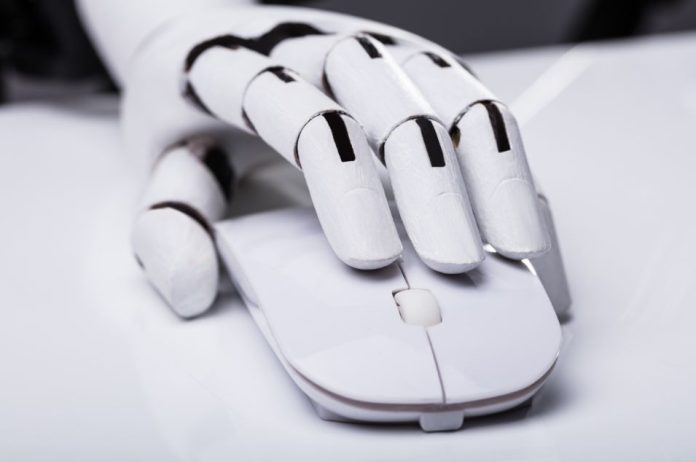Generative Artificial Intelligence is radically changing the way digital advertising is done. In my daily work, I see that this technology has transformed every step of the creative process, from the initial insight to the final validation of campaigns.
In the ideation phase, text generation tools offer instant brainstorming, providing quick and creative suggestions for slogans, scripts, or visual concepts. This greatly expands and accelerates the creative process, allowing you to explore thousands of ideas in just a few minutes, without relying solely on personal inspiration.
During content creation, the change becomes even more evident. There are advanced tools that generate complete ads, from well-crafted texts to customized images for different types of audiences. AI has finally delivered something the market has been seeking for a long time: hyper-personalization at scale. This allows you to deliver the right message, at the right time, and to the right person with an efficiency that would be impossible manually.
These advancements not only mean efficiency gains, but also a quantitative leap in campaigns. Ads that previously took weeks to launch are now ready in days or even hours. Major advertisers have already noticed this, highlighting that generative AI has significantly reduced the time needed for creative production, freeing up more time for the team to focus on strategic decisions.
Furthermore, ad quality has increased because intelligent algorithms analyze past behavior and optimize every detail, from headlines to images and calls to action, increasing overall engagement. In practice, many high-performing companies are already adopting these technologies.
Another interesting point is that this revolution isn't limited to just creating ads. In the distribution and delivery phase, platforms like Meta's AI Sandbox already use AI to dynamically adjust content based on real-time audience reactions, generating multiple automatically adapted versions for each channel. But to take full advantage of this, a solid knowledge base is essential. Companies must carefully structure their internal information – from style guides, histories of previous campaigns, and product catalogs to customer interactions on social media, reviews, and market research. All of this fuels the AI, allowing it to create more precise content aligned with the brand identity.
Today, platforms and technologies like Retrieval Augmented Generation (RAG) already exist, capable of quickly accessing this database and generating coherent and personalized content. Leading companies, such as Coca-Cola, have already demonstrated the potential of this approach by combining models like GPT-4 and DALL-E with their own database, ensuring that AI captures and reproduces the true spirit of the brand. Connected to a good database, generative AI also becomes a powerful insight machine. It analyzes gigantic volumes of information to identify trends and opportunities that would often go unnoticed. One example is how large brands can predict consumer trends by analyzing millions of online interactions, generating useful insights for much more efficient campaigns.
Next, AI steps in, producing highly personalized content. The results are impressive: texts and images are generated instantly and adapted to different audience profiles, dramatically increasing the effectiveness of campaigns. A clear example is Michaels Stores, which achieved near-total personalization in its communications, significantly improving its results.
Creativity is also reaching new heights with AI, even enabling co-creation between brands and consumers. Coca-Cola's "Create Real Magic" campaign is a great example, with consumers using AI to generate unique artwork, achieving very high levels of engagement.
It's worth emphasizing that, even with all this automation, the human factor remains essential. The role of professionals becomes one of curation and refinement, selecting and improving the ideas generated by AI, ensuring strategic and emotional alignment of campaigns. Another important benefit is the prior validation of ideas. Today, AI models simulate campaign performance before they go live, helping to quickly identify what works best and significantly reducing risk. Companies like Kantar already do this in minutes, predicting the real impact of ads even before they are launched.
These simulations go beyond the numbers, also providing qualitative insights that help to understand how different audiences may react to a campaign, functioning as true virtual focus groups.
The key to making all of this work well is the right data. Proprietary data, social media, market reports, customer service conversations, and previously produced content are fundamental for AI to deliver truly personalized and effective results.
This transformation is here to stay. Today it's possible to do much more with less, launching more assertive, faster campaigns with high return potential. Of course, challenges exist, such as ensuring ethics and quality, but the path is already clear: digital advertising will be increasingly guided by Artificial Intelligence, and marketing professionals will have a fundamental strategic role in piloting and refining these results.


